Archives
- 2025-12
- 2025-11
- 2025-10
- 2025-09
- 2025-03
- 2025-02
- 2025-01
- 2024-12
- 2024-11
- 2024-10
- 2024-09
- 2024-08
- 2024-07
- 2024-06
- 2024-05
- 2024-04
- 2024-03
- 2024-02
- 2024-01
- 2023-12
- 2023-11
- 2023-10
- 2023-09
- 2023-08
- 2023-06
- 2023-05
- 2023-04
- 2023-03
- 2023-02
- 2023-01
- 2022-12
- 2022-11
- 2022-10
- 2022-09
- 2022-08
- 2022-07
- 2022-06
- 2022-05
- 2022-04
- 2022-03
- 2022-02
- 2022-01
- 2021-12
- 2021-11
- 2021-10
- 2021-09
- 2021-08
- 2021-07
- 2021-06
- 2021-05
- 2021-04
- 2021-03
- 2021-02
- 2021-01
- 2020-12
- 2020-11
- 2020-10
- 2020-09
- 2020-08
- 2020-07
- 2020-06
- 2020-05
- 2020-04
- 2020-03
- 2020-02
- 2020-01
- 2019-12
- 2019-11
- 2019-10
- 2019-09
- 2019-08
- 2018-07
-
In PMCA Mg favors the conversion E
2024-09-09
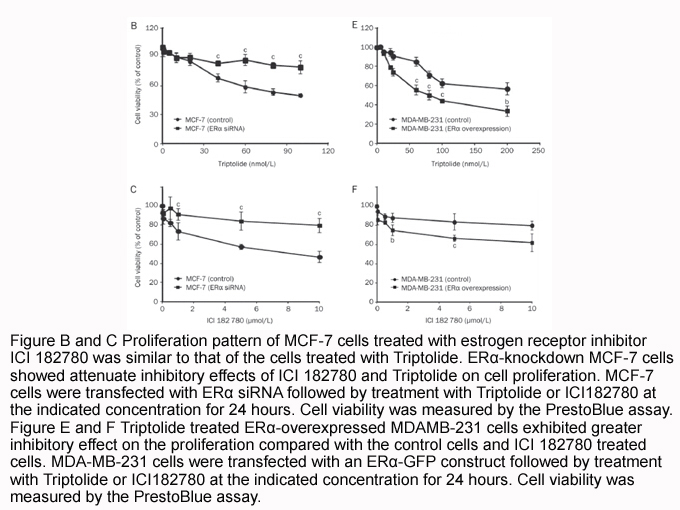
In PMCA, Mg2+ favors the conversion E1P → E2P [13] and, as in SERCA [11], it accelerates the phosphorylation displacing the E1–E2 equilibrium towards E1. In SERCA, Sørensen et al. [41], proposed that ATP reacts by an associative mechanism mediated by two Mg2+ ions to form an aspartyl-phosphorylated
-
br Conclusion GroEL from RA CH was expressed and
2024-09-09
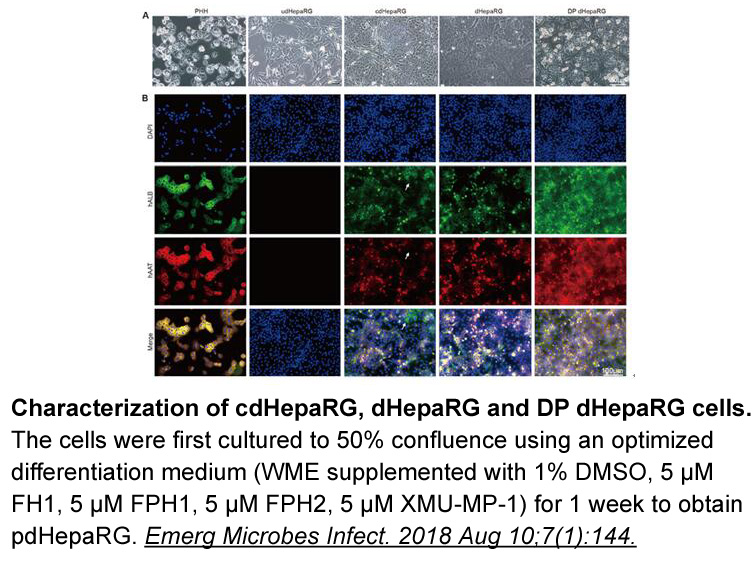
Conclusion GroEL from RA-CH-1 was expressed and purified. The recombinant RaGroEL protein exhibited ATPase activity, which cooperated with GroES in ATP hydrolysis. Furthermore, the expression pattern of groEL revealed that groEL was up-regulated during stress response. Further studies are warrant
-
HMGA proteins have also been linked to localized changes in
2024-09-09

HMGA proteins have also been linked to localized changes in chromatin/nucleosome structure and alterations of cellular phenotype during induction of gene transcription in activated T lymphocytes. An adaptive immune response is initiated when naïve resting T lymphocytes encounter their corresponding
-
Analysis of the crystal structures of LAPs from E coli
2024-09-06
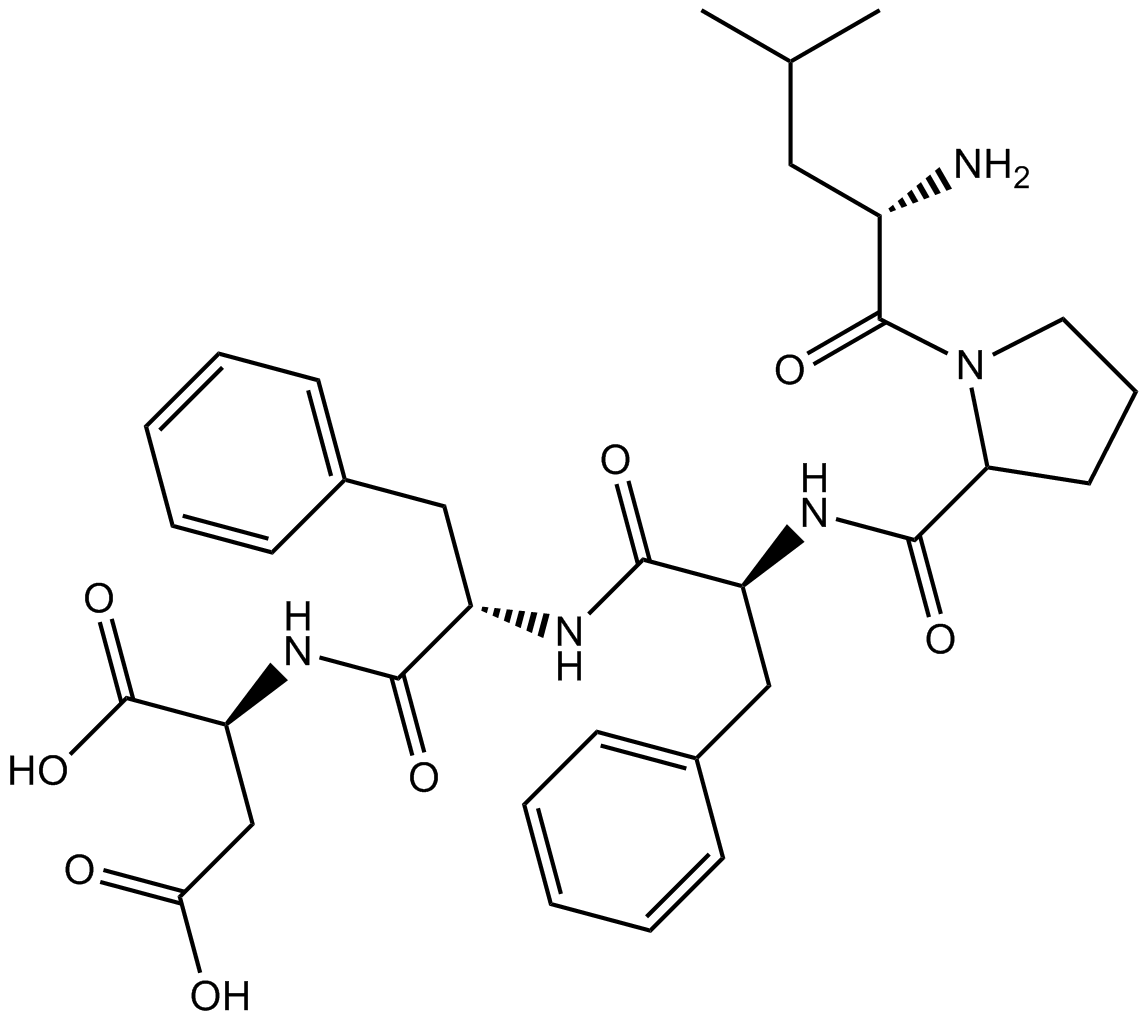
Analysis of the crystal structures of LAPs from E. coli[29], bovine eye lens [30], Pseudomonas putida[27], tomato [31] and P. falciparum[32] revealed that the monomer of M17-family LAP is composed of two domains: the smaller, variable N-terminal domain and the larger, conserved C-terminal domain tha
-
Rimonabant sale In AD and possibly other forms of
2024-09-06

In AD, and possibly other forms of dementia, it has been suggested that tau mislocalization to dendritic spines anticipates neurodegeneration [48]. Accumulation of hyperphosphorylated tau in dendritic spies would cause a derangement of synaptic function, thereby impairing excitatory synaptic transmi
-
Gliomas and Aldehyde Dehydrogenase Aldehyde dehydrogenases A
2024-09-06
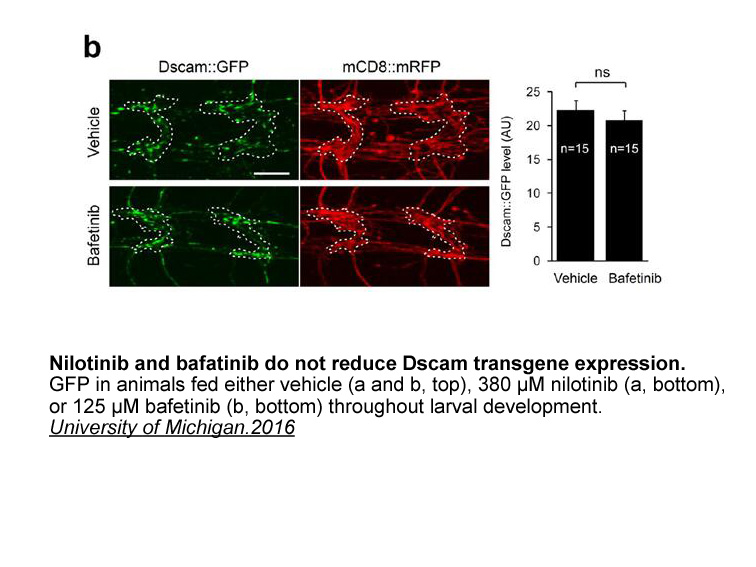
Gliomas and Aldehyde Dehydrogenase Aldehyde dehydrogenases (ALDHs) are key metabolic enzymes involved in regulation of glycolysis/gluconeogenesis pathways as well as in the detoxification of endogenous and exogenous aldehydes, regulating cell function and homeostasis. ALDHs play important roles in
-
br AhR Modulators It is now
2024-09-06
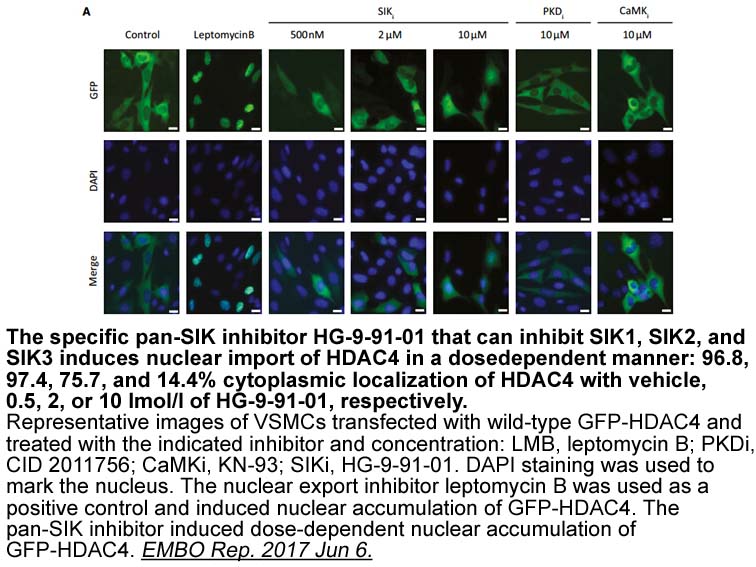
AhR Modulators It is now well recognized that ligand-activated AhR induces an immune tolerance response by acting directly on the antigen-presenting DCs and indirectly by increasing the population of immunosuppressive Tregs 24, 95, 96. In addition to inhibiting the formation or depleting the AhR
-
To validate the identified phosphorylation sites in the mous
2024-09-06
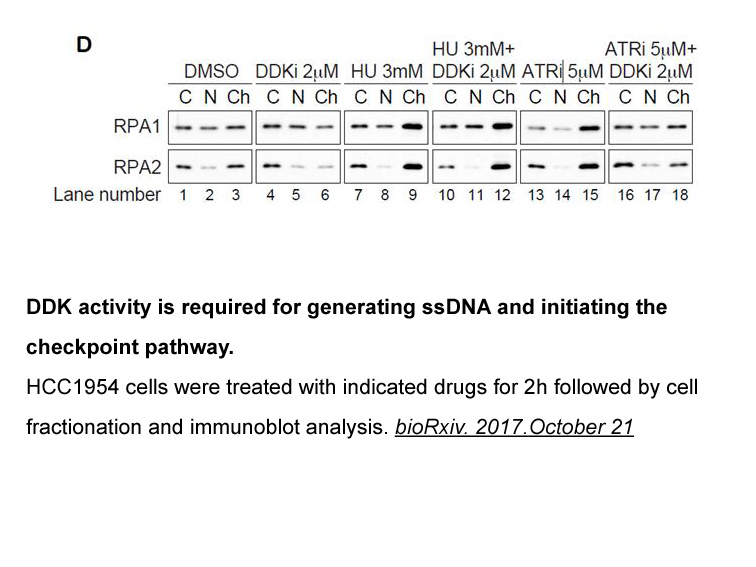
To validate the identified phosphorylation sites in the mouse heart, we analyzed HEK 293T mst2 transfected with Adrb1 based on the hypothesis that protein residues phosphorylated both in vivo and in vitro are more likely to be physiologically relevant. All of the phosphorylation sites identified in
-
Vortioxetine is a multimodal antidepressant that acts as an
2024-09-06
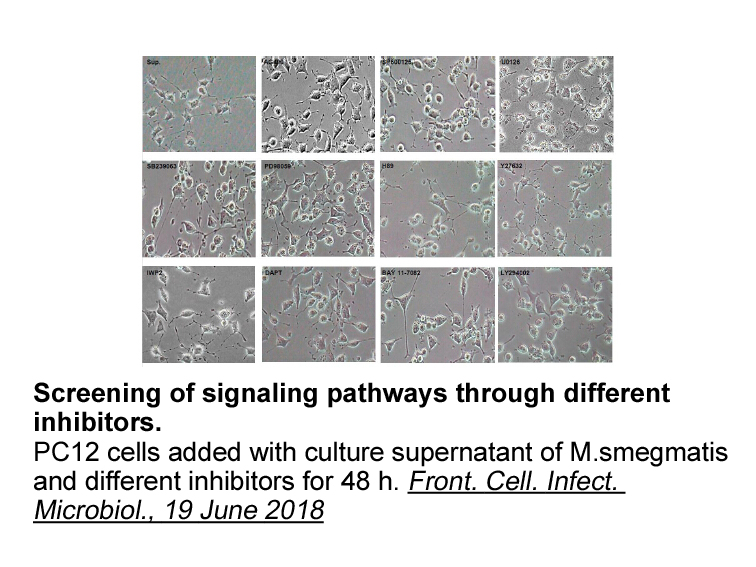
Vortioxetine is a multimodal antidepressant that acts as an inhibitor at the serotonin (5-HT) transporter (SERT), an agonist at 5-HT1A receptors, a partial agonist at 5-HT1B receptors, and an antagonist at 5-HT1D, 5-HT3 and 5-HT7 receptors (Bang-Andersen et al., 2011, Sanchez et al., 2015). Based on
-
br Adenosine as a mediator of procedures used to
2024-09-06
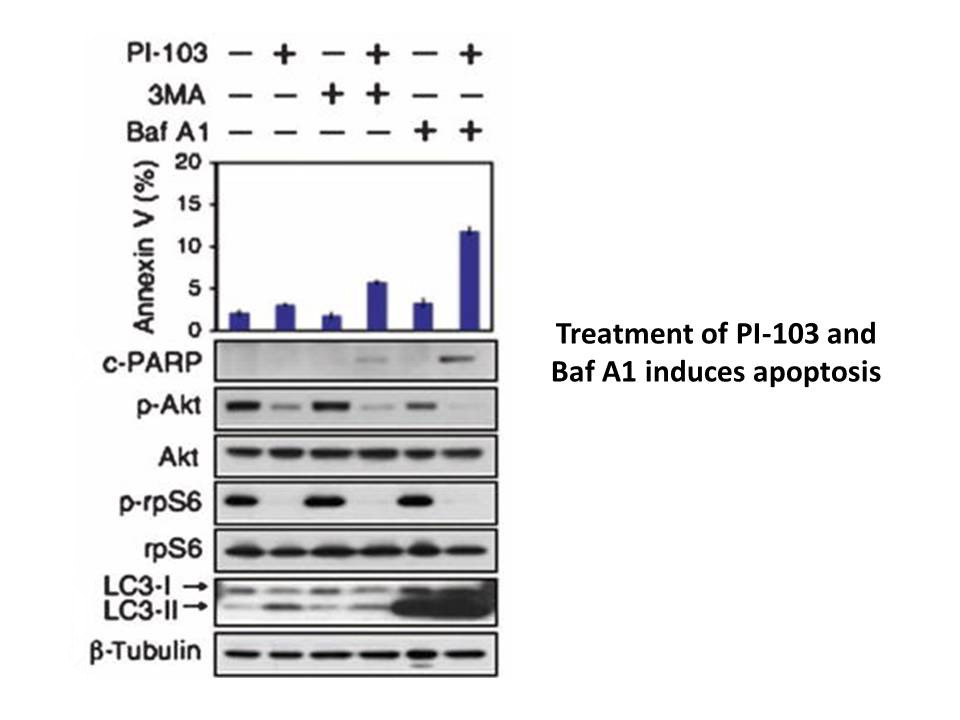
Adenosine as a mediator of procedures used to manage pain The issue of caffeine Caffeine, from dietary sources, is perhaps the most widely consumed behaviorally active agent in the world (Fredholm et al., 1999). Initial characterization indicated caffeine had a higher affinity at A1−, A2A− and
-
Diabetes or inflammation is associated with up
2024-09-06
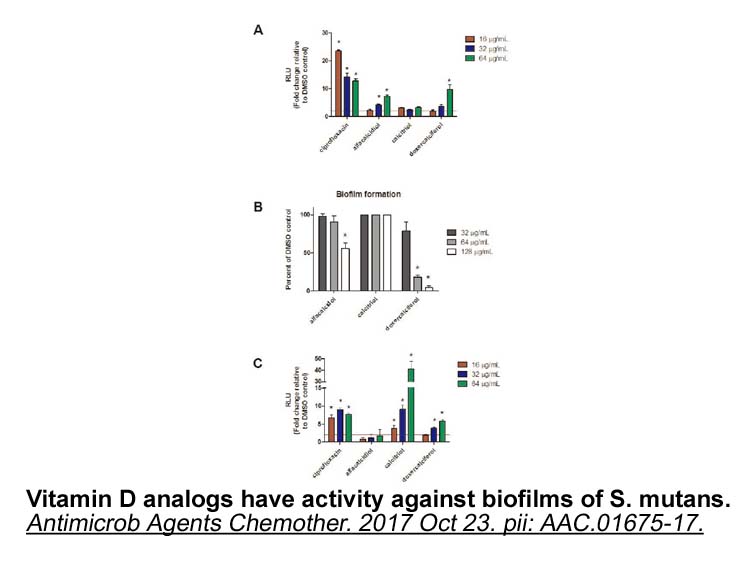
Diabetes or inflammation is associated with up-regulation of A2AAR (Pang et al., 2010). High levels of A2AARs are found in macrophages and microglial cells that are poised, on activation, to abrogate the immune response (Trincavelli et al., 2008). In addition, hyperglycemia is associated with increa
-
Oseltamivir phosphate The lanthanide series of chemical elem
2024-09-06
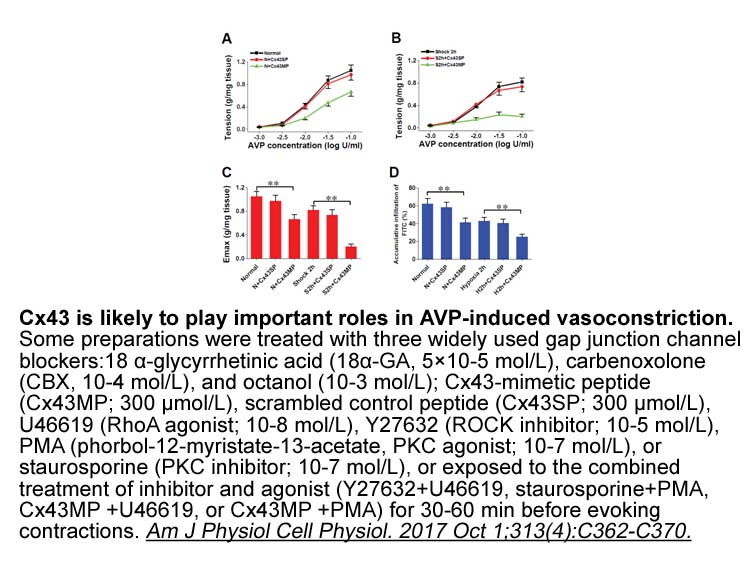
The lanthanide series of chemical elements comprises the fifteen metallic chemical elements with atomic numbers 57 through 71, from lanthanum to lutetium. Though originally described as ‘‘rare earths’’ because of their natural occurrence as metal oxides, they are not particularly rare. The lanthanid
-
Renal Cell Carcinoma RCC is a
2024-09-06
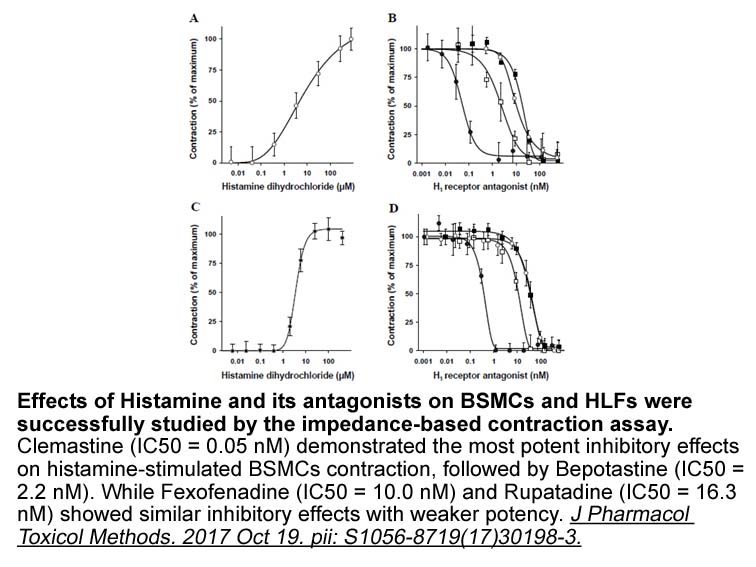
Renal Cell Carcinoma (RCC) is a lethal cancer with bad prognosis due to development of chemoresistance and recurrence of an aggressive tumor with increased tumor-angiogenesis and metastasis [7]. We have found Axl and Gas6 to be differentially presented in RCC subtypes, and Axl to correlate to tumor
-
br Funding This study was supported by
2024-09-05
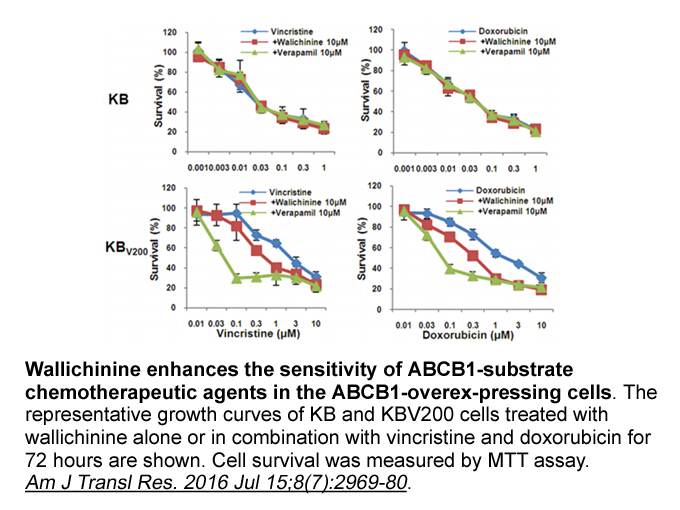
Funding This study was supported by Grant UM1-CA186690 (NCI-CTEP) and R01CA204173 (CJB). This project used the UPCI Cancer Pharmacokinetics and Pharmacodynamics Facility (CPPF) and was supported in part by award P30-CA47904 and R50CA211241. Introduction Despite the efficacy of platinum based
-
In the nineties we knew that baclofen was
2024-09-05
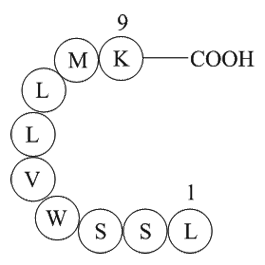
In the nineties we knew that (-)baclofen was the stereo-selective ligand for the GABAB receptor which had been recognised by Norman Bowery as a receptor for GABA, which was different from the GABAA receptor (Hill and Bowery, 1981). GABAB receptor antagonists were also synthesised and made available
14311 records 87/955 page Previous Next First page 上5页 8687888990 下5页 Last page